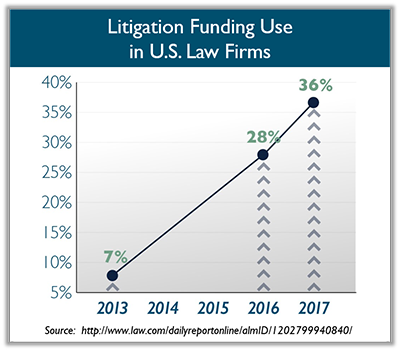TL;DR
Two week engagment (I can do one day to several month gigs)- Brought in to evaluate the current state and recommend a future state
- The output was a 15-page detailed report, complete with a list of refactorings for the code and architecture, and a product roadmap
Client is now seeking approval to rewrite the platform
At CTO As A Service (CaaS), I will do on-site consulting, remote consulting, or I will even travel to your site. For this particular client, I was fortunate to have someone who was located in my home territory of New York City. All I needed to do was to take the M20 bus uptown.

People often wonder where you get your first clients from. In this case, it was from a great recruiter whom I have worked with over the past few years. One of her clients was a Private Equity Firm who took a stake in a company that provides Litigation Financing. An interesting aspect about being a “CTO-for-Rent” and parachuting into different clients is that you end up in domains that you didn’t even know existed.
Litigation Financing is an interesting field, one that is growing very fast. The gist of Litigation Financing is that a company will provide financing to people who are injured in accidents while their lawsuits are active. Often times, these people do not have disability insurance, and because of these accidents, cannot work for a period of time. They need money to live on. A Litigation Financing company will give (not lend) money to these injured people, and when the case is won or settled out-of-court, the money is repaid with a certain added percentage on top. If the lawsuit is not won, then the Litigation

The Private Equity Firm needed someone to come in, examine the custom-written applications that the company used, and provide an assessment of the current state and the future state. The output of this engagement was a report that detailed all of the things that needed to be fixed in the current versions of the applications, a roadmap for the future state, and recommendations around the development team and development process.
The Litigation Financing company used a low-cost offshore development company to develop the software that managed the cases. One application was written in Visual Basic 6. The main suite was written in VB.NET. The development staff had a bunch of
As an aside, one of the common scenarios where someone might engage my services is to come in and “fix” the work that is done by a low-cost offshored development company. Often times, startups will not have the money to engage high-quality in-house developers, and will farm the initial version of their application out to one of these offshore development shops. Then, when the startup gets some recognition and some investor money, and needs to develop the next stage of their product, they realize that they do not have a good base to work from. This is where I can help out.
I started off by interviewing all of the key stakeholders, and at the same time, dove into the subject of Litigation Finance. I asked very probing questions about the software, their experiences and pain-points with the apps, their interactions with the development company, and where they wanted the future state of the product to be. I also did some analysis of providers of Litigation Financing and Case Management software, and mapped some of the features that I saw into what my client could use in a future-state product.
I then sat down with the source code in order to get a complete understanding of the system. I took the VB.NET code, and using dotPeek from JetBrains, translated the code into C#, which made the code more readable to me. I examined every single module and wrote down a lot of notes about things in the code which could be improved.

Then, I sat down with the senior leadership of both the Private Equity company and the Litigation Finance company, and we had a number of conversations about the future state. There are a lot of technologies that could be incorporated into the product which would make it more powerful and would help my client make better decisions about which injured people to finance.
At the end, I produced a 15-page report that detailed the fixes for the current state and the migration to the future state, including recommendations around building out an IT organization. I hope to return at a future date to help this client build out the new platform.

